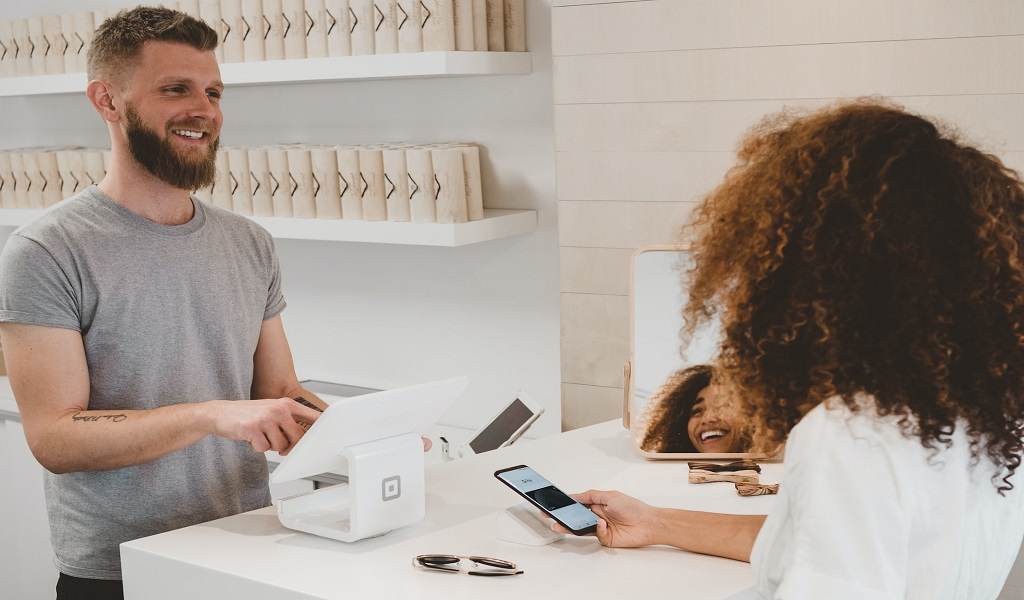Personalized shopping experiences make all the difference, as about 91% of consumers report they’re more likely to return after encountering an experience tailored to their needs. Therefore, customizing offers for customers is critical to increasing loyalty.
Businesses can increase customer satisfaction, customer return rate, and revenue by creating discounts for individual market segments. For example, several companies provide special offers to veterans to express gratitude. Such firms verify military personnel to ensure they’re eligible for special discounts and offers.
However, businesses can create a personalized journey for all segments of their target demographic, such as teachers, students, and business owners. This guide discusses how companies can gain customers by creating custom offers.
Study the Target Demographic
The key to effective personalization is a detailed insight into the target audience, as it can help businesses tailor their offers to specific needs and preferences. Understanding the market segment allows the ability to tailor messaging and products/services. It increases the likelihood of successful engagement and conversions.
Without understanding the target audience, efforts can be misaligned, and resources may be wasted on ineffective tactics.
By thoroughly researching the target audience, a business can create an efficient and effective plan to connect with and win over its desired customer base.
Methods for Gathering Customer Data
There are various ways for businesses to gather data on their customers, such as the following:
- Surveys and questionnaires: These can be conducted online or in person, providing valuable insights into customer preferences, pain points, and demographics.
- Social media analysis: By monitoring social media platforms, businesses can gather data on what customers say about their brand, industry, and competitors.
- Analytics: Utilizing tools like Google Analytics can provide businesses with data on website traffic, user behavior, and conversion rates.
- Sales data: The sales data of a business can provide information on which products and services are most popular among customers, as well as demographic information of buyers.
- Customer interviews: One-on-one interviews with customers can provide in-depth insights into their needs and their overall perception of the brand.
Create Buyer Personas
Once customer data has been gathered, businesses can use it to create buyer personas. Buyer Personas are data-based representations of a company’s ideal customers, which can be used to guide marketers in their personalization efforts. Here are five tips for crafting effective buyer personas:
- Conduct research: Firms should gather data on their target audience through surveys, interviews, and analytics. This information can be used to build a detailed profile of an ideal customer.
- Be specific: Businesses should avoid creating vague, generic personas. The more specific and detailed it is, the more accurately it will represent its target audience.
- Use real data: Companies should use real data and customer information to create buyer personas rather than basing them on assumptions.
- Create multiple personas: A business will likely have multiple target audiences, so they should create a persona for each.
- Keep personas updated: As a business and target audience evolves, so should the buyer personas. Regularly review and update the information to ensure it remains accurate and effective.
Personalizing Offers
With a deep understanding of customers, organizations can begin personalizing their offers. Here are some types of personalization techniques to consider:
- Behavioral personalization: This type of personalization uses data on a customer’s behavior, such as browsing history and purchase history, to craft a tailored experience for that particular customer.
- Demographic personalization: This technique uses demographic data, such as age and location, to customize a marketing message. This approach is used for a specific segment of the target audience.
- Contextual personalization: This mechanism uses data on the customer’s current context, such as time of day or weather, to create a customized experience.
How Can Customer Data Be Used To Personalize Offers
Companies can use customer data to personalize offers in various ways. Here are a few examples:
- Personalized product recommendations: Businesses can use a customer’s browsing and purchase history to make personalized product recommendations. It can increase the chances that customers will find something they’re interested in and buy it.
- Tailored email marketing campaigns: By segmenting their email list based on customer data, firms can send targeted messages and offers to different groups of customers. It increases the chances that a customer will open and engage with the email.
- Customized website content: Companies can use customer data to display personalized content, such as product recommendations or special offers for a particular group of people. It can improve the customer’s experience and increase the chances that they will make a purchase.
Measure the Success of Personalization
To ensure that personalization efforts are paying off, firms need to track metrics and measure the impact of their campaigns.
- Track conversion rates: Companies can track the conversion rate of personalized offers versus non-personalized offers. It determines the approach’s effectiveness in driving sales.
- Monitor customer engagement: Customer engagement can be measured by observing the click-through rates, open rates, and the total time an individual spends on the website.
- Monitor customer lifetime value: Businesses can analyze the lifetime value of customers who receive personalized offers. It is the total revenue customers generate over the lifetime of their relationship with the company.
- Monitor Net Promoter Score (NPS): Organizations can calculate the NPS of customers who receive a personalized offer, a metric used to measure customer satisfaction and loyalty.
Conclusion:
No matter what route a business takes, it is essential to remember that understanding customers is critical to success. With tailored offers and discounts, companies are likelier to win over new customers and retain existing ones.

















